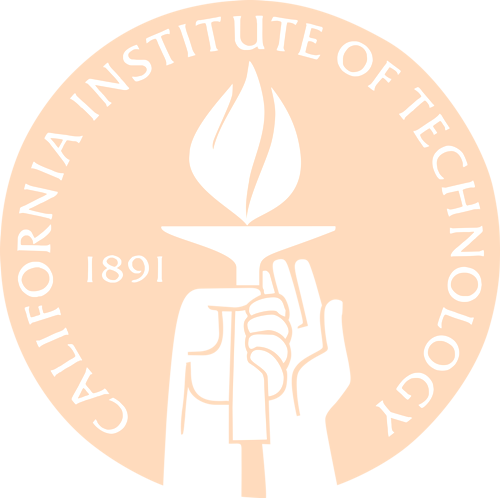Team:Caltech/Biosafety
From 2010.igem.org
(Difference between revisions)
Paul.nguyen (Talk | contribs) |
|||
| Line 8: | Line 8: | ||
*environmental safety: disposal of bacterial waste/byproducts/supplies may need specialized infrastructure | *environmental safety: disposal of bacterial waste/byproducts/supplies may need specialized infrastructure | ||
| - | === 2. Do any of the new | + | === 2. Do any of the new BioBrick™ parts (or devices) that you made this year raise any safety issues? === |
| - | *No: No novel | + | *No: No novel BioBrick™ parts were created, and all parts and devices were constructed using past submitted parts, which other teams have documented to be safe. |
=== 3. Is there a local biosafety group, committee, or review board at your institution? === | === 3. Is there a local biosafety group, committee, or review board at your institution? === | ||
*Yes: Caltech Safety Office (http://safety.caltech.edu/) | *Yes: Caltech Safety Office (http://safety.caltech.edu/) | ||
| - | *Our project has been approved by Caltech's Safety | + | *Our project has been approved by Caltech's Safety Office after inspection of the lab space, project proposal, and materials list. |
=== 4. Do you have any other ideas how to deal with safety issues that could be useful for future iGEM competitions? How could parts, devices and systems be made even safer through biosafety engineering? === | === 4. Do you have any other ideas how to deal with safety issues that could be useful for future iGEM competitions? How could parts, devices and systems be made even safer through biosafety engineering? === | ||
| - | *Sometimes | + | *Sometimes BioBrick™ parts are created with the intent to suppress cell growth or kill cells altogether: in these cases, teams should take extreme care to optimize the gene sequences such that mutations cannot result in a gene product that proves harmful to human (or domestic) life. |
*In order to keep control of potentially harmful genes inserted into cells, care should be taken to have regulatory schemes such that these genes cannot be transferred to other organisms upon contact in the wild. | *In order to keep control of potentially harmful genes inserted into cells, care should be taken to have regulatory schemes such that these genes cannot be transferred to other organisms upon contact in the wild. | ||
| - | **One mechanism would be to make a novel | + | **One mechanism would be to make a novel BioBrick™ gene only usable by a lab strain of cells lacking certain restriction enzymes, such that when this gene is transferred to a cell of any other strain, the DNA gets cut up at strategic locations rendering the gene useless. |
**Alternatively, genes could be constructed such that they require several specific prerequisites to function properly, and that these prerequisites are not attainable under anything but lab conditions. | **Alternatively, genes could be constructed such that they require several specific prerequisites to function properly, and that these prerequisites are not attainable under anything but lab conditions. | ||
== Probability: == | == Probability: == | ||
Latest revision as of 23:43, 27 October 2010
|
People
|
Biosafety1. Would any of your project ideas raise safety issues in terms of:
2. Do any of the new BioBrick™ parts (or devices) that you made this year raise any safety issues?
3. Is there a local biosafety group, committee, or review board at your institution?
4. Do you have any other ideas how to deal with safety issues that could be useful for future iGEM competitions? How could parts, devices and systems be made even safer through biosafety engineering?
Probability:1. Could there be an unplanned event or series of events involving your project, resulting in either death, injury, occupational illness, damage to equipment or property, or damage to the environment? How likely is that going to happen?
2. Does your project require the exposure or release of the engineered organism to people or the environment (e.g. as medicine, for bioremediation)
Hazard:1. Could your device, when working properly, represent a hazard to people or the environment?
2. Is your engineered organism infectious? Does it produce a toxic product? Does it interfere with human physiology or the environment?
3. What would happen if one or several bioparts change their function or stop working as intended (e.g. through mutation)? How would the whole device or system change its properties and w hat unintended effects would result thereof?
4. What unintended effects could you foresee after your engineered organism is released to the environment?
5. Try to think outside the box, what is the absolute worst case scenario for human health or the environment, that you could imagine?
|
 "
"
